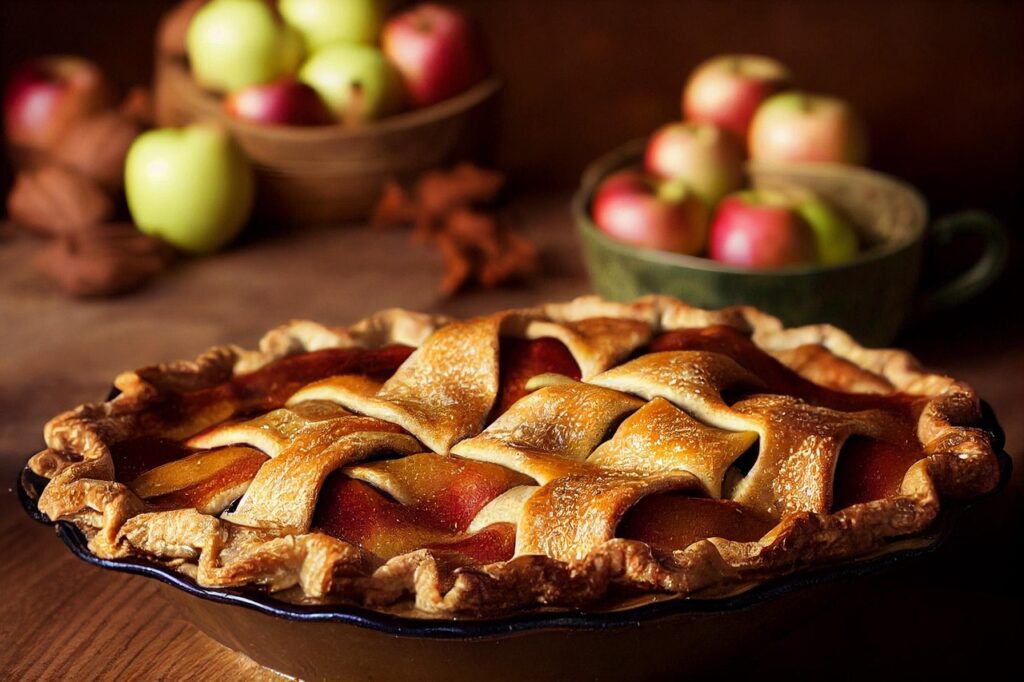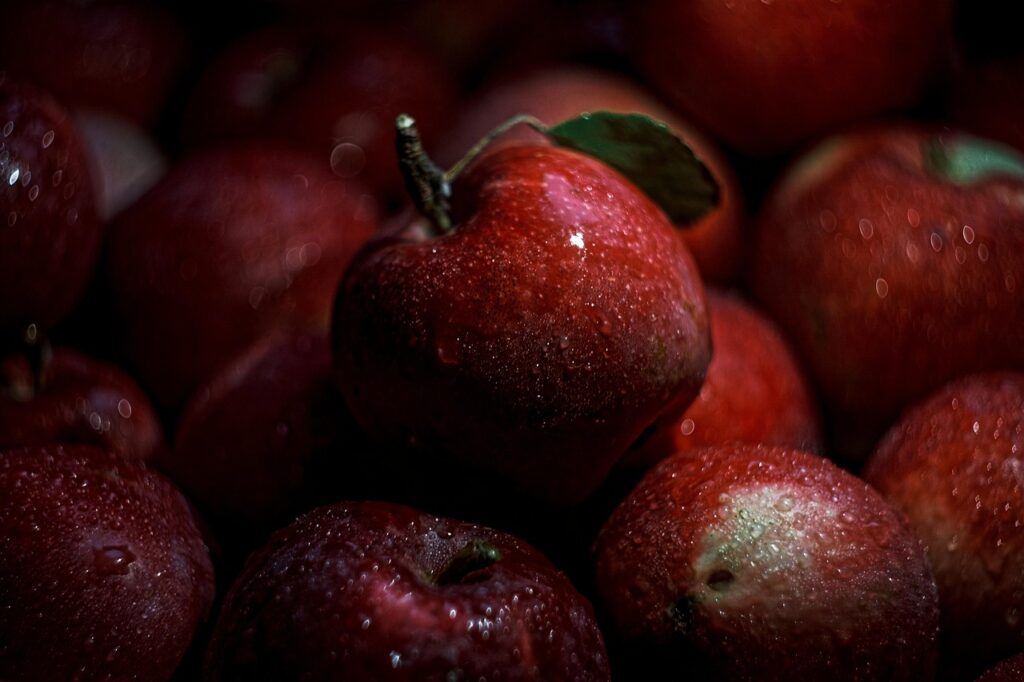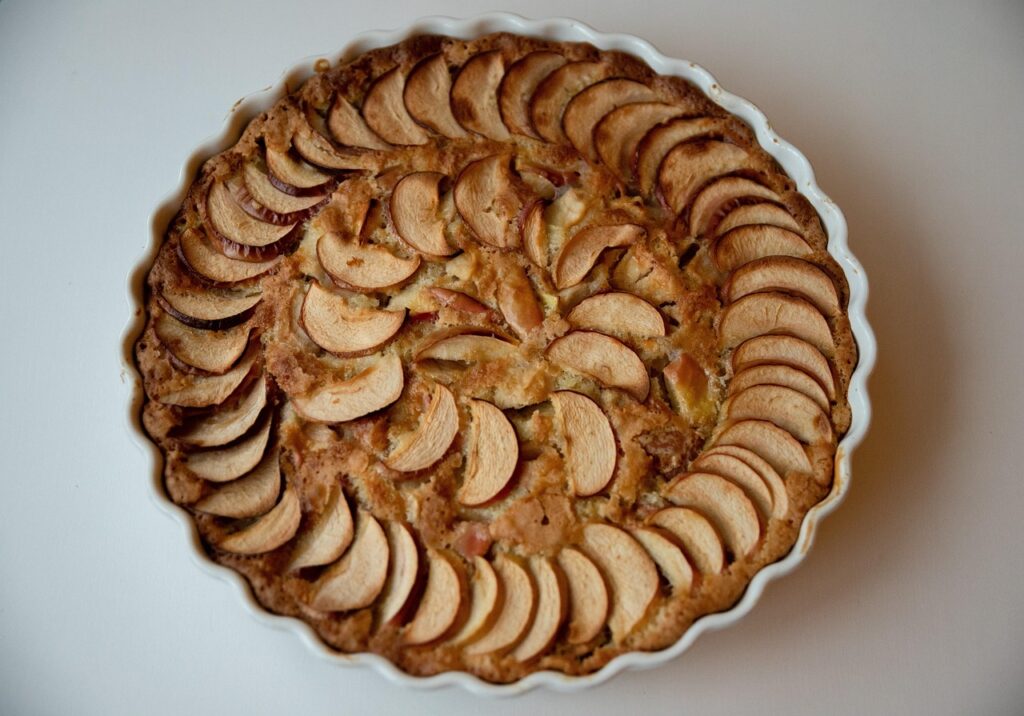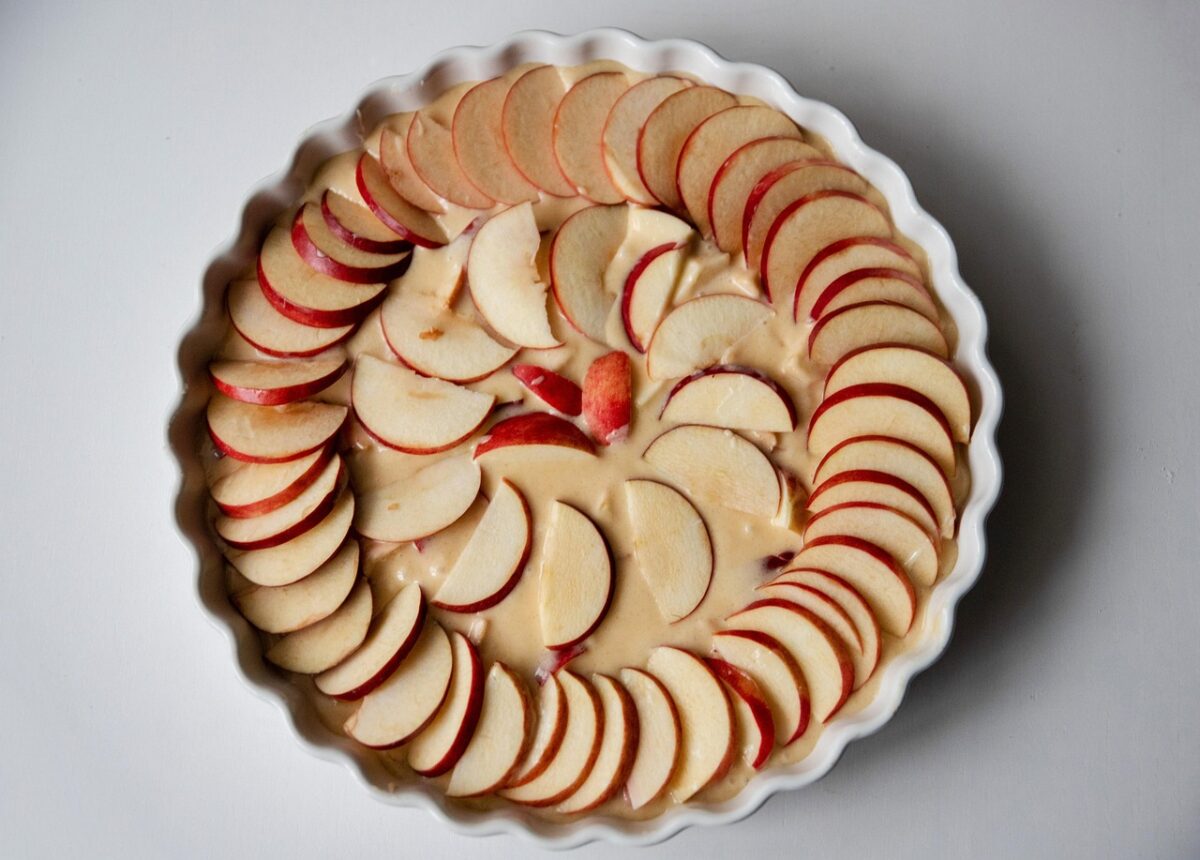Choosing the right apples for apple pie is crucial for achieving a perfect balance of flavor, texture, and bake performance. With a plethora of apple varieties available, understanding which ones work best in pies can elevate your baking game. This guide will help you navigate the best apples for apple pie, offering insights into their qualities, combinations, and preparation methods.
Why Apple Choice Matters for Pie

The choice of apples significantly impacts the final product of your pie. Different apple varieties offer unique flavors and textures, which can affect not only the taste but also the overall structure of the pie. The right apples will hold their shape during baking, provide the desired sweetness or tartness, and create a harmonious filling that complements the crust.
Key Qualities of the Best Pie Apples
When selecting apples for pie, consider the following key qualities:
- Texture: Apples that maintain firmness during baking are essential. They should not turn mushy but rather retain some bite.
- Flavor: A balance of sweetness and tartness enhances the overall taste. Look for varieties that provide a complex flavor profile.
- Bake Performance: The ability of apples to hold their shape and moisture during baking is critical. Some apples release more juice than others, affecting the pie’s consistency.
Top 10 Apples for Apple Pie (With Pros & Cons)

1. Granny Smith
- Flavor: Tart and crisp.
- Pros: Holds shape well, great for balancing sweetness.
- Cons: Can be too tart for some palates.
2. Honeycrisp
- Flavor: Sweet with a hint of tartness.
- Pros: Excellent texture, juicy, and flavorful.
- Cons: Can be expensive and not always available.
3. Braeburn
- Flavor: Sweet and tart with a hint of spice.
- Pros: Good balance of flavor and holds shape well.
- Cons: Availability may vary seasonally.
4. Fuji
- Flavor: Very sweet with a crisp texture.
- Pros: Great for those who prefer sweeter pies.
- Cons: May not provide enough tartness for some recipes.
5. Cortland
- Flavor: Sweet-tart with a hint of berry.
- Pros: Does not brown quickly, holds shape well.
- Cons: Softer texture compared to others.
6. Northern Spy
- Flavor: Tart and aromatic.
- Pros: Excellent for baking, holds shape well.
- Cons: Availability can be limited.
7. Empire
- Flavor: Sweet-tart with a crisp bite.
- Pros: Great flavor balance, firm texture.
- Cons: May not be as widely available.
8. Golden Delicious
- Flavor: Mildly sweet and buttery.
- Pros: Soft texture, blends well with tart apples.
- Cons: Can become mushy if overcooked.
9. Jonagold
- Flavor: Sweet with a hint of tartness.
- Pros: Good flavor complexity, holds shape.
- Cons: Limited availability.
10. McIntosh
- Flavor: Sweet and slightly tart.
- Pros: Great for blending with firmer apples.
- Cons: Softer texture, may not hold shape well alone.
Best Apple Combinations for Pie
Mixing different apple varieties can enhance the flavor and texture of your pie. Here are some excellent combinations:
- Granny Smith and Honeycrisp: The tartness of Granny Smith balances the sweetness of Honeycrisp.
- Empire and Cortland: A blend of sweet-tart flavors with great texture.
- Fuji and Braeburn: This mix offers a sweet and spicy profile with a firm bite.
- Jonagold and Northern Spy: A complex flavor with a perfect balance of sweetness and tartness.
How to Select and Prep Apples for Pie

Choosing the right apples is just the beginning. Proper preparation is also essential:
Selecting Apples
- Look for firm apples without bruises or soft spots.
- Choose apples that are in season for the best flavor.
- Consider mixing varieties to achieve a balanced flavor.
Preparing Apples
- Peeling: Use a sharp peeler for clean cuts. Some recipes may allow for leaving the skin on for added texture.
- Slicing: Cut apples into uniform slices to ensure even baking. Aim for ¼-inch thick slices.
- Draining: If using juicy apples, consider draining excess liquid to prevent a soggy crust.
Common Apple Pie Mistakes to Avoid

Even experienced bakers can make mistakes when it comes to apple pie. Here are common pitfalls to watch out for:
- Using only sweet apples: This can lead to a one-dimensional flavor. Always mix in some tart apples.
- Not draining excess juice: Juicy apples can lead to a soggy pie crust. Drain or thicken juices with cornstarch.
- Overcooking: Keep an eye on your pie; overcooked apples can turn mushy and lose their flavor.
- Skipping the taste test: Always taste your apple filling before baking. Adjust sweetness and spices as needed.
Conclusion & Quick Reference Chart
Choosing the best apples for your apple pie can transform a simple dessert into a showstopper. By understanding the qualities of different apple varieties and how to prepare them, you can create a pie that is both delicious and visually appealing. Below is a quick reference chart summarizing the key qualities of the top apple varieties for pie.
| Apple Variety | Firmness | Sweetness | Tartness | Bake Performance |
|---|---|---|---|---|
| Granny Smith | Firm | Low | High | Excellent |
| Honeycrisp | Firm | High | Medium | Excellent |
| Braeburn | Firm | Medium | Medium | Excellent |
| Fuji | Firm | High | Low | Good |
| Cortland | Medium | Medium | Medium | Good |
| Northern Spy | Firm | Medium | High | Excellent |
| Empire | Firm | Medium | Medium | Good |
| Golden Delicious | Soft | High | Low | Fair |
| Jonagold | Firm | Medium | Medium | Good |
| McIntosh | Soft | Medium | Medium | Fair |
